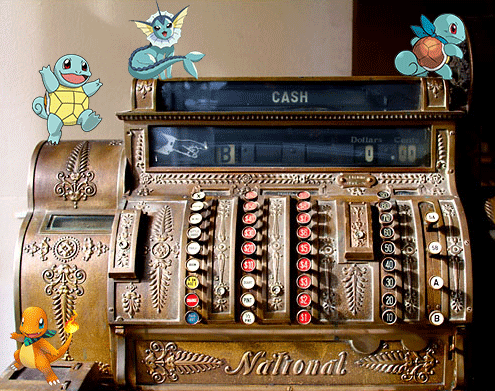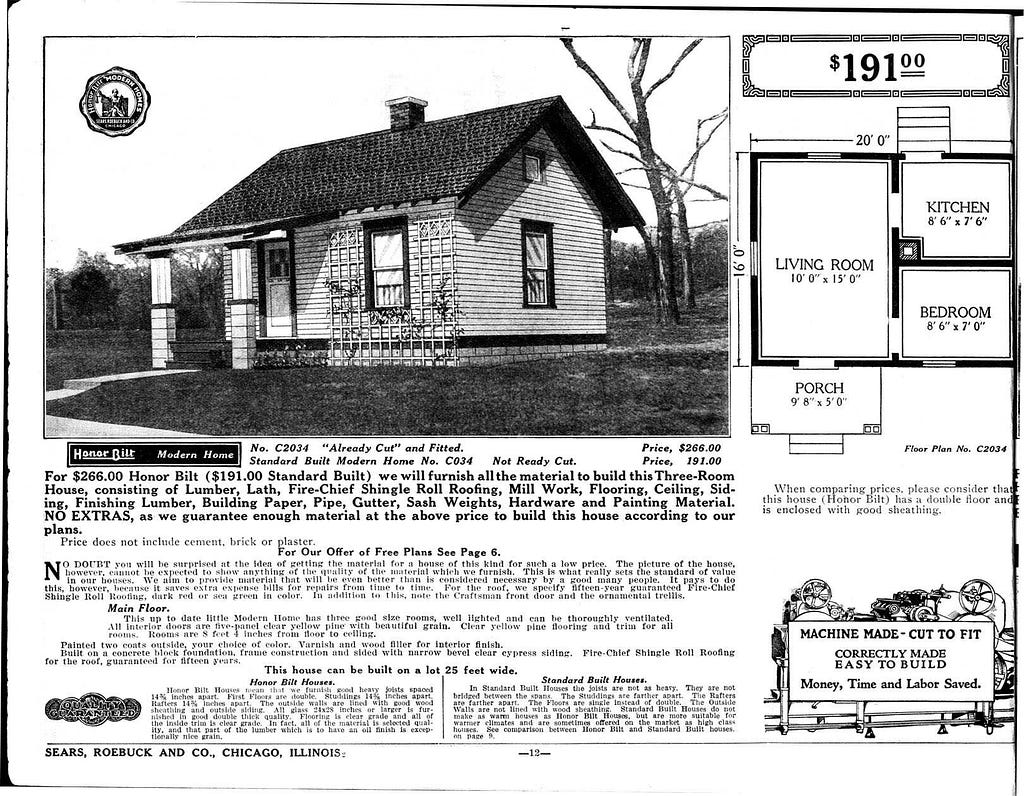
What do Pokémon and Amazon have in common? That’s right — Go. The emergence of this monosyllabic suffix indicates more than just a marketing trend. In each of these instances, Go points to a particular hybrid experience; we shall call it the Go Experience (or “Going”?).
So what is Go? Both Pokémon Go and Amazon Go offer a fluid digital-physical experience. In each, digital infrastructure seamlessly scaffolds and amends a “real world” physical activity. Pokémon Go relies on geofencing and augmented reality to layer a situated media game onto real space. Amazon Go relies on smartphones and an e-commerce back-end to create an unmanned, invisible, hands-free checkout process. The underlying Go principle may be this: an alloy of digital and physical environments and infrastructure that allow people to navigate physical experience in novel, fluid ways.
Go is cyborg environment — part world, part machine. As such, it is merely an extension of our genus’ reliance on artifacts and environment modification, dating at least 2.5 million years back to Oldowan tools. What’s special, of course, is the digital angle. Digital’s invisible hand offers an augmented reality more ubiquitous and dynamic than cave art. It offers a sociology of commerce without the rituals of explicit money exchange. And to what end? I don’t know. This is a grand experiment in spatial experience.
Shopping is already undergoing a robust Go-velution of its own. Recently, adidas launched a VR-driven shopping and style guide experience. Google’s research into shopping habits reveals how often we shop online while in the aisle. Experiments incorporating augmented reality into retail experiences have been around for years. This, plus shifts like the ascendancy of Amazon, our growing acceptance of household AI agents (like Amazon’s own Alexa), and same-day shipping, make for some fluid shopping experiences indeed. Retail consultants are now talking about a near future in which multiple digital and physical shopping methods are unified and aligned and “glass pipelines” provide consumers full transparency about product reviews, sources, and shipping logistics.

In such a world, “store” may become a quaint metaphor; when shopping happens everywhere and stuff just arrives, the warehousing “store” aspect of commerce holds far less gravitas. Our new world may more closely resemble the train-tracks-and-Sears-catalogue of the 1890s than the megastore Macy’s, an innovation from the same era. Instead of being pulled to places to get stuff, we pull stuff to us. Browsing and curation and recommendation all occur on my tablet while lying in bed.
But just as the physicality of shopping appears to be evaporating on the margins, we also find compelling condensations. Cyborg environments like the forthcoming Amazon Go store already exist. Just last week, I was shopping at University Village in Seattle. Here, at this outdoor unanchored unmall, I found no less than two shops that coalesced from the digital ether: Amazon Books and Warby Parker. A third brick-and-cloud store, Bonobos, stores nothing. Here, you can be doted on by a young, hip sales force and get fitted via in-store samples. They’ll jot down your fitting and tailoring instructions and help you order it all for rapid delivery as you sip your complimentary wine. It’s like shopping online with your butler and servants.
I’ve described this as a semicolon era, distinguished by a newly porous boundary between digital and physical. Others call it convergence. Either way, it’s exciting. The Go promise of fluid and layered digital-physical hybrid experiences may alter more than just shopping. At a recent Health Ignite event in Portland, more than half of the solutions discussed were Go-ish, offering an extension of healthcare services into the daily lives and landscapes of patients. Perhaps, in the Go era, food deserts in urban environments will shrink as innovations in shipping and smartphones send nutrition into neighborhoods.

As a suffix, Go is a worthy choice. The word has many meanings these days, from action to romance. But the term’s ancient roots anticipate its futuristic usage. The word is derived from the Proto-Indo-European term ghe, meaning “to release.” Go experiences release us from the awkward restraints of our recent digital-physical experience. In a Go-ready world, we can reevaluate many of our physical experiences with new possibilities and priorities.
Converging technologies and porous boundaries will change how we do a lot of things in a lot of ways. We may be uncomfortable at first in these strange new landscapes, but we should approach them with pioneering minds and an experimental spirit. We can craft the convergence to our benefit. We just have to let go.
